Just like death and taxes, insurance is one of life’s inevitabilities. That is, if you want to spend any time on the roads. When it comes to figuring out car insurance, it can be difficult initially to get your head around the different types of cover and what they mean. However, if you ever get into an accident, it’s important you know what’s covered and what isn’t.
So, if you’re new to driving and seeking your first policy, or just looking for a quick refresher course, here we discuss who and what different policies cover should you ever be unfortunate enough to get into an accident.
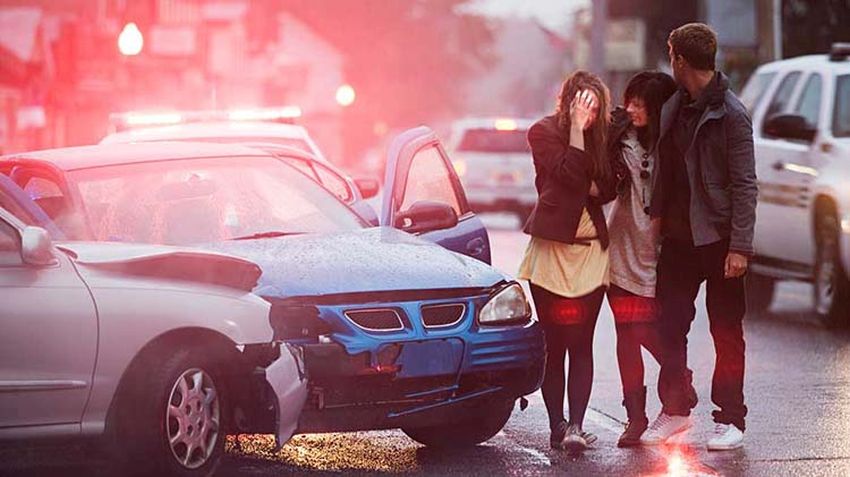
source:openroadlending.com
Third Party
The most basic form of cover permitted by law on UK roads, third-party insurance pays for damage caused to other people’s property and costs in relation to any injuries they sustain. So, in an accident adjudged to be your fault, the costs of the other parties involved will be covered by your premium.
This begs the question: where does it leave you? From a personal perspective, the answer is somewhat out in the cold. The third party does not cover damages to your vehicle or personal injury, meaning you’ll be on the hook for any costs. You can also employ third party, fire and theft insurance, which additionally covers you in case of your vehicle being stolen or damaged by fire, but this doesn’t apply to an accident.
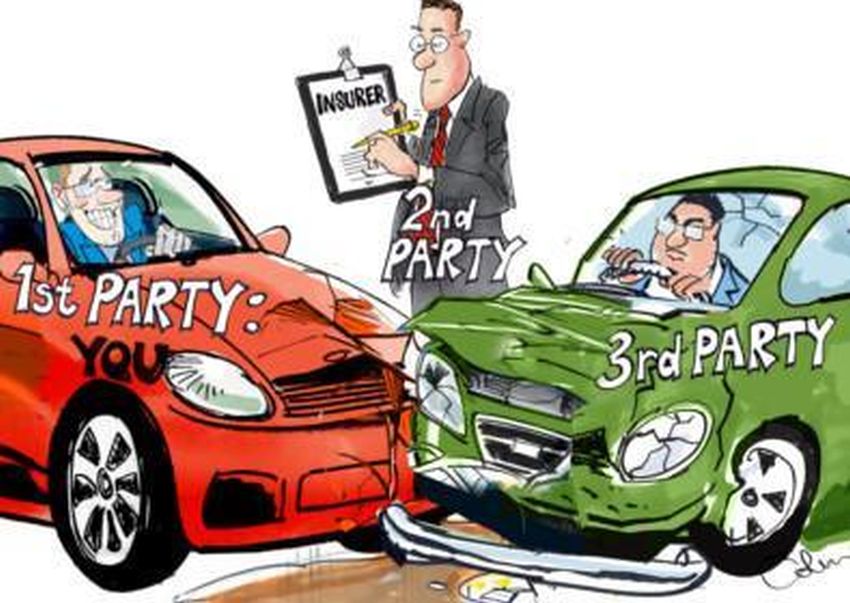
source:mynrma.com.au
Bizarrely, third party insurance now sits, on average, at over double the cost of fully comprehensive policies (£1,208 a year). Once the budget choice of young and newly qualified drivers looking to save money on their premium, the third party has become heavily associated with high-risk drivers. This has skyrocketed premiums, making third party cover, in most cases, a completely redundant choice.
Fully Comprehensive
The most popular and somewhat obvious choice for most drivers is fully comprehensive insurance. As the name suggests, fully comprehensive covers damage to your own vehicle as well as damage to others, and includes all the elements of the third party, fire and theft as well as covering your own back.
With the average policy cost sitting at £468 a year, it presents both the best value and best cover option to get you legally protected on the roads.
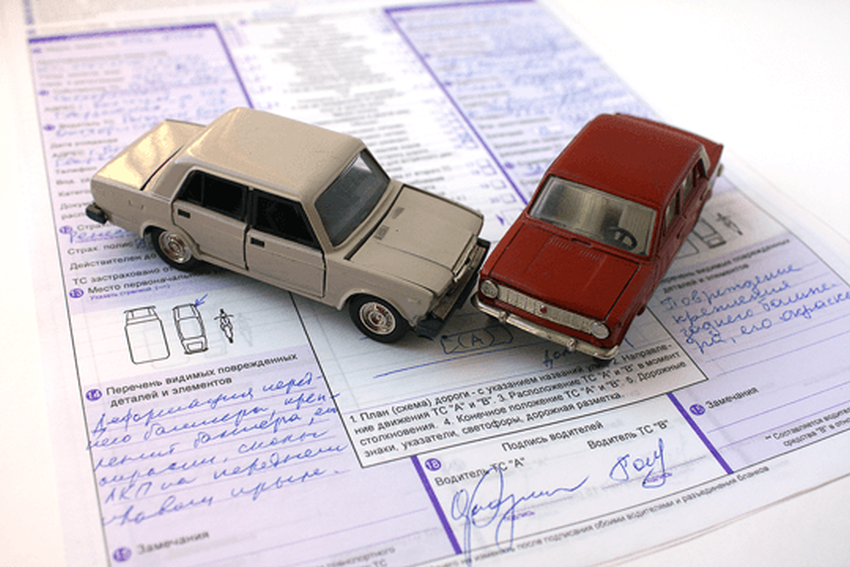
source:confused.com
Fully comprehensive policies often come presented with a variety of additional options, of which you can pick and choose to add to your policy as you see fit. It’s important you check your policy’s coverage with regards to you driving other vehicles and other people driving yours, as this can vary from premium to premium.
GAP Coverage
Finally, a step outside of conventional coverage, guaranteed asset protection (GAP) insurance is an additional option you can use to augment your normal policy, but it only makes sense for certain car owners. In basic terms, GAP insurance covers the difference between the value you paid for your car and its present value.
Essentially, if you get into an accident where your car is written off, your fully comprehensive cover will only pay out the equivalent of your car’s current market value, rather than what you paid when you bought it. For new car owners who face significant depreciation on the value of their purchase over the first three years, this can mean a significant net loss on the figure they recover.
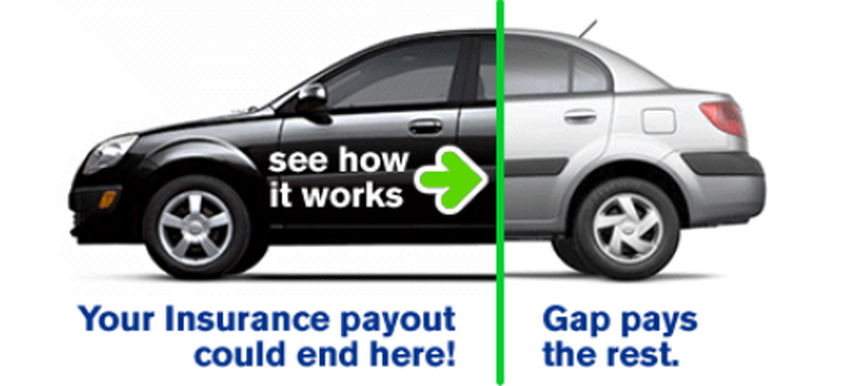
source:openroadlending.com
GAP insurance bridges the value ‘gap’, meaning you can recover the full costs that you originally paid. While it presents good value for newer car owners and new finance plan holders, it offers less to used car buyers whose vehicles have already experienced the majority of their depreciation by the time of purchase.
If you’re wary of depreciation or the financing on your vehicle, it’s worth doing your research more thoroughly on the subject. The good news is policies tend to be relatively cheap; a recommended provider like ALA tends to quote £100-£300 for multi-year (usually three year’s) coverage.
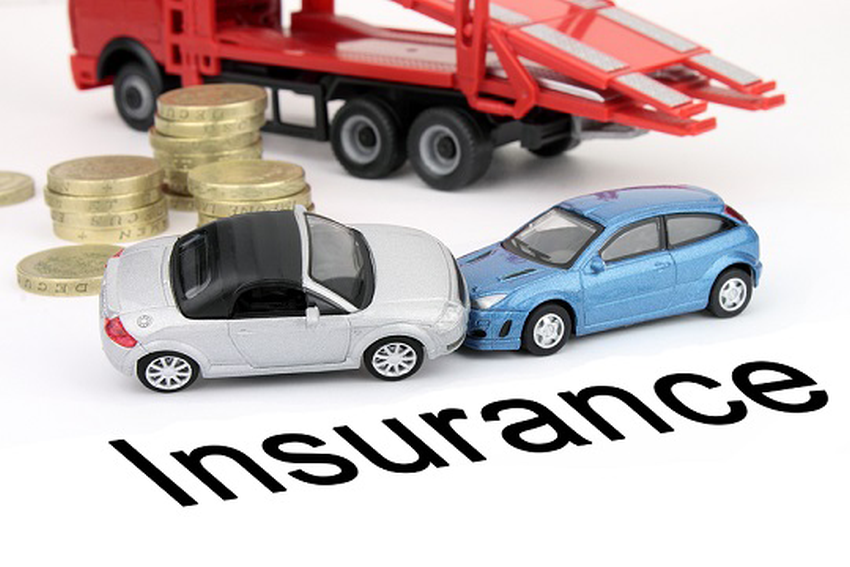
source:confused.com
It’s really down to how much security you feel you need. While fully comprehensive insurance is the obvious move to cover off your legally required accident protection, additional services like GAP insurance are only circumstantially beneficial. Assess your situation, consider the value of your vehicle and make the right financial decision for you.
Hopefully, you’ll never have to worry about the consequences.





